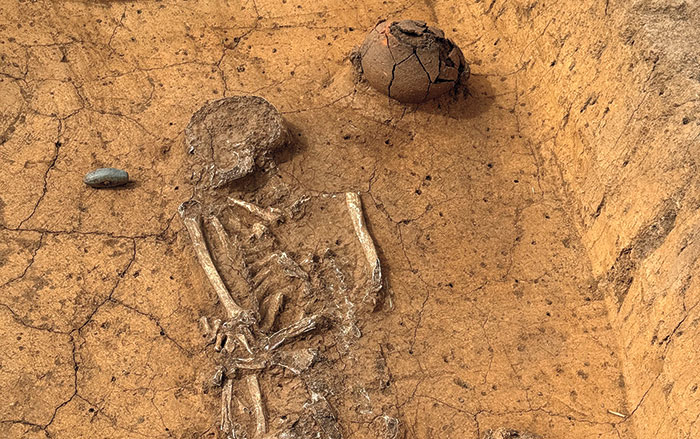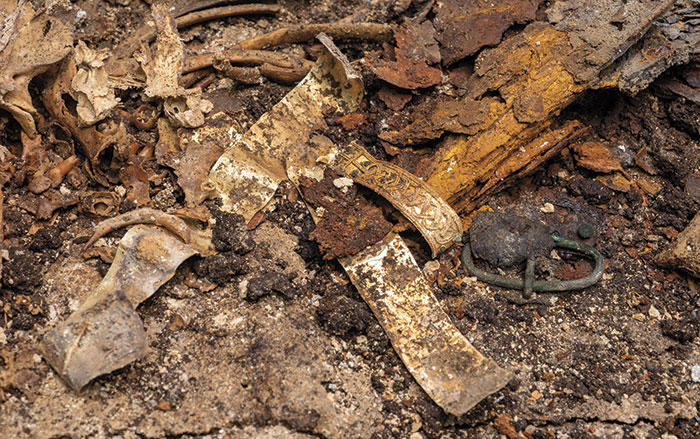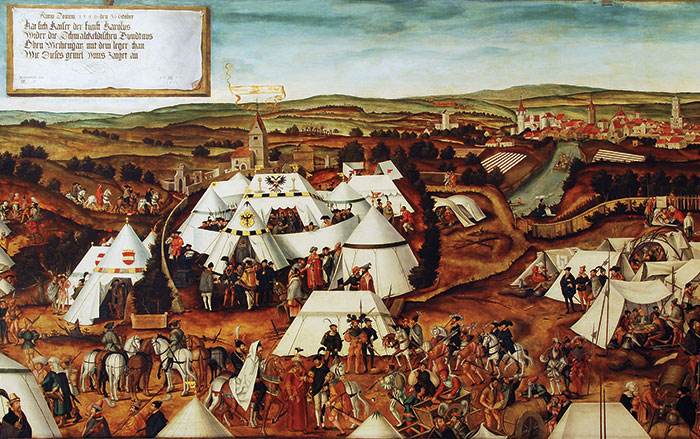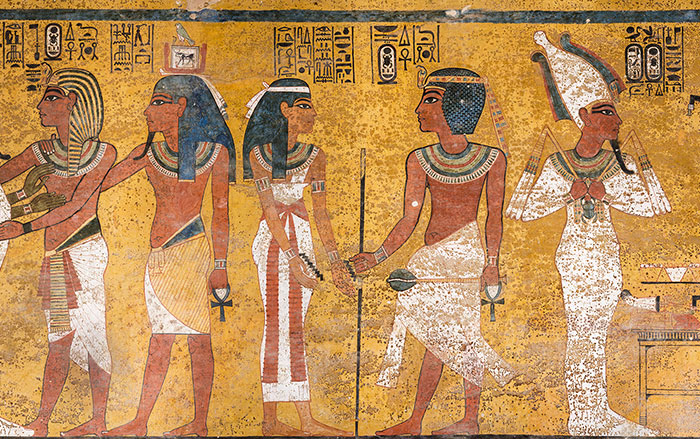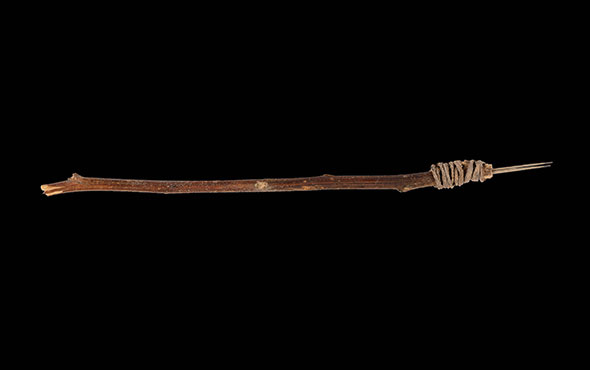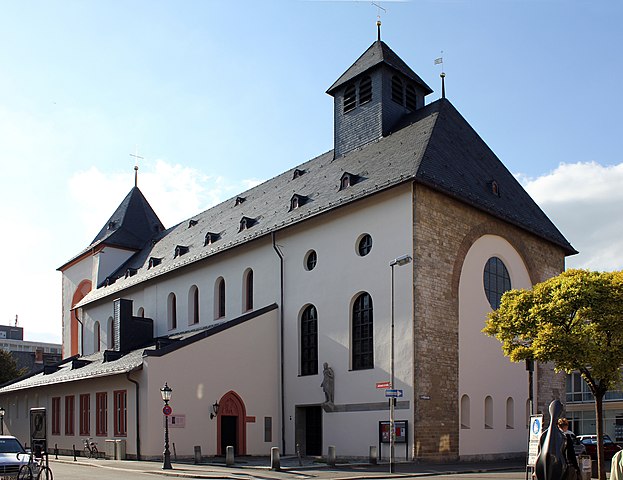
MAINZ, GERMANY—DW.com reports that a team of researchers used a pulley to lift the 1,500-pound lid from a sarcophagus in the central nave of St. Johannis Church, one of the oldest Christian churches in western Germany. The tomb is thought to belong to Erkanbald, Archbishop of Mainz, who died in A.D. 1021. Archaeologist Guido Faccani said the poorly preserved human remains were likely covered in quicklime at the time of burial. “Not even teeth could be found,” he said. The researchers did, however, recover pieces of fabric, cloth shoes, and what may have been bishop’s headwear. “It’s still possible that it’s him,” Faccani said. The scientists plan to radiocarbon date the contents of the sarcophagus and analyze DNA extracted from tissue and bone samples. To read in-depth about a Roman-era settlement in Germany, go to “The Road Almost Taken.”


